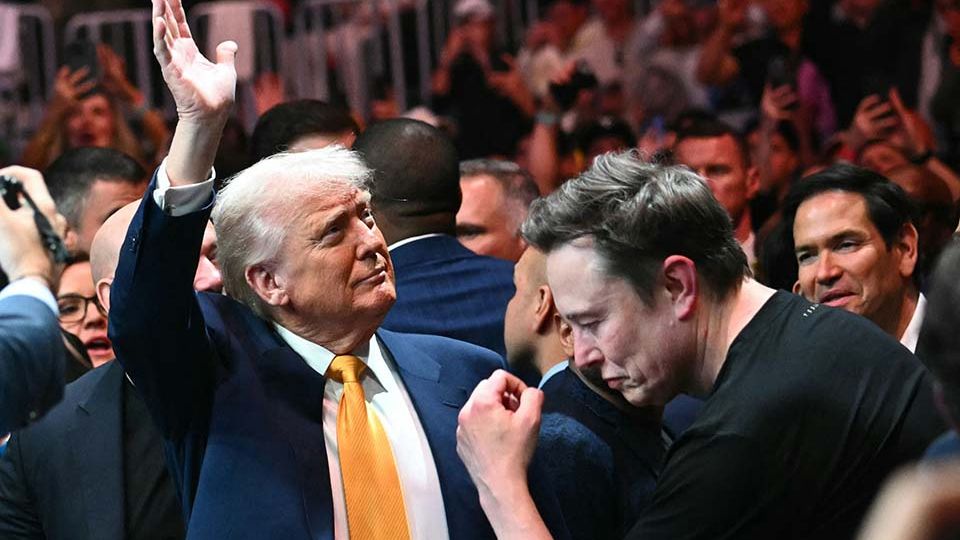May 28, 2025
SEOUL – As electric vehicle juggernaut Tesla urges longtime battery partner Panasonic to accelerate production in the US, Korean are poised to take the spotlight as key material suppliers — leveraging their cost competitiveness and reduced reliance on the Chinese supply chain.
According to The Financial Times, Tesla has recently pushed Panasonic to fast-track the two companies’ joint battery cell manufacturing plant, which has been under construction since 2022. The $4 billion project, initially scheduled to begin operations by March this year, has been rescheduled for as early as July due to unexpected setbacks, including cost increases. The plant’s annual capacity is projected at 30 gigawatt-hours — enough to power approximately 300,000 vehicles — and is expected to increase Tesla’s US production capacity by 60 percent by March 2027.
“As we’ve been told by our customer to get Kansas moving quickly, we’re hurrying to do so … There are risks, but we are planning on robust demand for batteries from our main customer as of now,” said Panasonic CEO Yuki Kusumi in an interview with Tokyo-based media, as quoted by the Financial Times.
Even if Panasonic begins operations at its Kansas plant this year, concerns remain over a potential production gap in new battery materials, stemming from Tesla’s cost-cutting strategy amid slowing EV demand, according to sources.
Reportedly, one of Panasonic’s main material suppliers, Japan’s Sumitomo Chemical, has announced plans to shift its cathode material chemistry from nickel, cobalt and aluminum (NCA) to nickel, cobalt and manganese (NCM) starting next year, citing customer demand.
“There’s a reason why Korean battery makers have preferred NCM over NCA. Manganese is significantly cheaper than aluminum — almost incomparable,” said Yang Min-ho, an energy engineering professor at Dankook University. “From a research perspective, it has also shown better structural stability in tri-component lithium-ion batteries. Although NCA initially outperformed NCM, companies have since improved capacity by increasing nickel content.”
While Korea’s LG Chem and L&F Co. are known to supply NCA cathode materials for Tesla through Panasonic, their deeper focus on NCM gives them a competitive edge over Sumitomo Chemical.
“We believe our company’s diversified product portfolio — ranging from NCM and nickel cobalt manganese aluminum (NCMA) to NCA — could appeal to Panasonic,” said an industry source who requested anonymity.
Industry insiders also point out that Korean firms may benefit from distancing themselves from the Chinese graphite supply chain. Despite pushback from Tesla and Panasonic, the US Commerce Department on May 20 issued a preliminary ruling to impose tariffs of up to 720 percent on certain Chinese graphite imports, citing unfair government subsidies.
In response, Posco Future M last month announced a 396.1 billion won ($289 million) investment in spherical graphite production — a key precursor for anodes — to reduce its reliance on Chinese raw materials.
Tesla, still the leading EV maker in the US, is under pressure as it gradually loses market dominance — a position it established with the launch of its Model S sedan in 2012.
According to Cox Automotive, Tesla’s US market share fell from 55 percent in 2023 to 48.7 percent in 2024 — the first time it has dropped below 50 percent. Sales declined about 6 percent year-on-year to 633,762 units.
Meanwhile, legacy automakers such as General Motors, Ford and Hyundai Motor Group are expanding their presence in the US EV market. Hyundai Motor and Kia collectively sold 123,000 battery electric vehicles in the US in 2024, securing a 10 percent market share, according to data from the Korea Automobile & Mobility Association.
Tesla is racing to expand its US battery production to capitalize on subsidies and tax credits offered under the Inflation Reduction Act while the window remains open.
Last Thursday, the US House of Representatives passed a bill moving up the expiration date for the $7,500 consumer EV subsidy by six years to Dec. 31, 2026. It also shortened the Advanced Manufacturing Production Tax Credit period by one year, now set to end in 2031. These changes increase the urgency for companies to localize their manufacturing and supply chains within the US clean energy sector.


